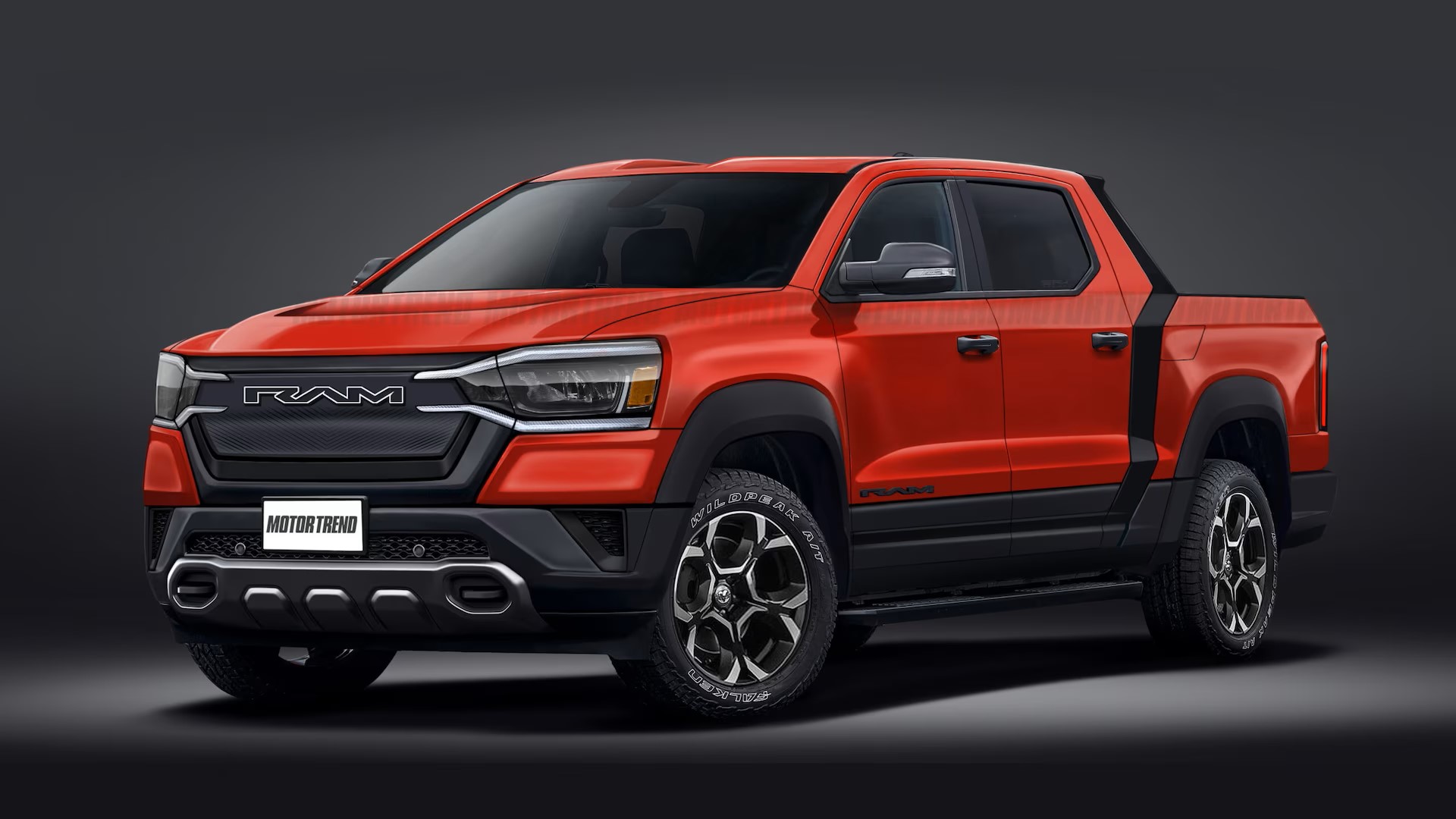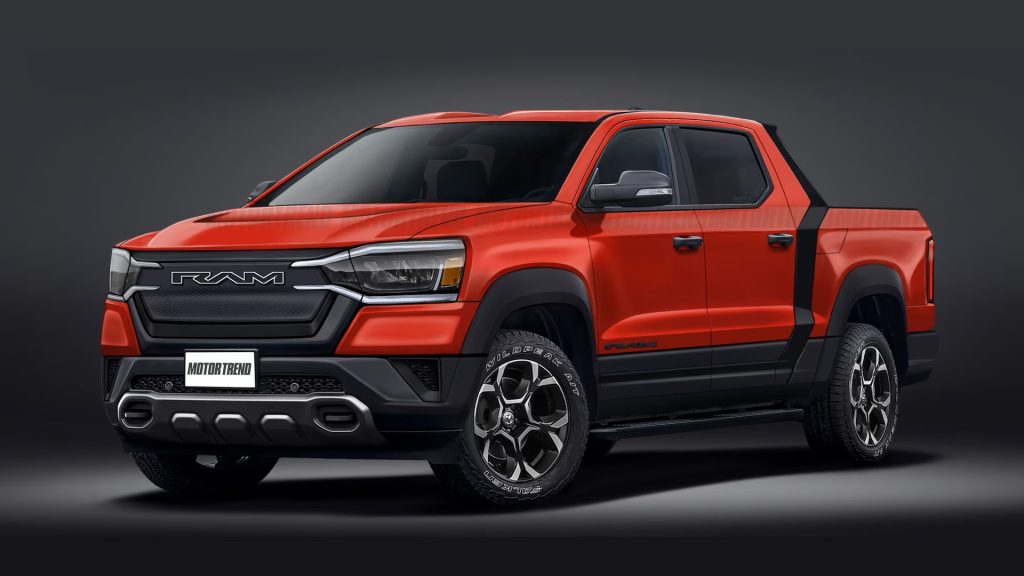
Your truck’s tires are its only point of contact with the road, so you need the proper tires on your vehicle to get top performance. Worn, misaligned, unbalanced, or improperly inflated tires will impact your handling, stopping distance, and fuel efficiency. Drivers need to know what to watch for to identify tire problems early and avoid getting stranded on the road or worse.

Tread Wear Indicators
Tread wear indicators, also known as tire wear bars, are small bands of rubber that run horizontally across the tire, sitting perpendicular to its grooves. You won’t easily see the tread wear indicators when the tire is new. The distinctive pattern formed by the tread wear indicators only appears when the rubber begins to wear down.
The tread wear indicators sit at a depth of 2/32 of an inch. This depth is the minimum level required to continue driving your vehicle safely. However, it’s important to remember that tires with this degree of wear will have significantly reduced traction, making them especially hazardous in wet or icy weather conditions.
Though the primary purpose of the tread wear indicators is to highlight the wear on your tires, this isn’t the only perk you get from these little bars. The tread wear bars also add stability to the form of the tire. Since they sit between the tread elements, the tread wear bars will reduce the flex and movement of the tread as you’re driving.
Insufficient Tread Depth
Tread depth is especially significant for road safety. In Oklahoma, the minimum legal tread depth is 2/32 of an inch, which is the point where your tread sits evenly with the tread wear indicators. Regardless of the law where you live, it’s best to keep your tread from falling below 2/32 of an inch. Some car care experts recommend replacing your tires at 4/32 of an inch. By 2/32 of an inch, your stopping distance when you brake suddenly on wet roads is double what it would be with new tires.
If you don’t see tire wear indicators on your tires, you can measure tread depth with a penny. Place a penny with Lincoln’s head upside down between two ribs on your tire. If you can see all of Lincoln’s head, you have 2/32 of an inch left in your tread and should replace your tires immediately. For a more detailed and accurate reading, you can also use a specialized tread depth gauge available at most automotive stores.
Irregular Wear Patterns
As your tire wears down, you’ll notice that some areas are smoother than others. The wear pattern provides valuable information and may inform you that you’ve missed some critical vehicle maintenance.
- Edge wear: When you see two sections of tire wear on either side of the tire, this indicates that it’s underinflated. The edges are touching the ground, but the center isn’t.
- Center wear: If the tire only shows wear in the middle, your tires are overinflated.
- Toe wear: If the tire has a feathered pattern with more wear on the inner or outer edge, your wheels are probably out of alignment. This pattern is most noticeable on the front tires.
- Camber wear: Tire wear in a small section along one side of the tire indicates that the camber is likely misaligned.
- Cupping: Cupping creates a pattern of horizontal stripes running at a slight diagonal angle. A problem with the suspension or tire balance causes this.
You should address the underlying problem before replacing your tires to make sure your next set of tires doesn’t suffer the same fate.
Cracks, Bulges, and Damage
If your tires are cracked, bulging, blistered, or otherwise damaged, you should replace them immediately. If your tires are bulging anywhere, this is a sign of weak rubber that’s likely to blow out, which can be extremely dangerous if you’re on a busy road. Cracks often indicate a low air leak, which will eventually leave you with a flat. A deep crack may lead to a blowout as well.
Age of Tires
Over time, the integrity of your tires will become compromised even if you don’t drive enough to wear down the tread. Heat, light, and oxygen exposure slowly damages the tire rubber, causing tiny cracks to form. This can make the rubber brittle and vulnerable to leaks and blowouts. As a rule of thumb, you should replace your tires at least every six to 10 years, regardless of wear.
Reduced Handling and Performance
When you drive on worn tires, you’ll notice they don’t perform as well as they should. A light truck with worn tires at 4/32 of an inch of tread may take as much as 86 feet to stop when you hit the brakes. This level of wear will also reduce the truck’s handling ability by up to 28%. Proper tire care is essential for protecting yourself, your passengers, and your vehicle when you’re on the road.
If your truck isn’t performing as it should, check the tires. You may find that compromised rubber is at the root of the problem.
Change in Fuel Efficiency
Properly inflated tires are crucial for your vehicle to operate at peak efficiency. Over- or under-inflated tires can cost you up to 11 cents per gallon, which can add up to a significant amount. Maintaining your tires properly by investing in regular tire rotations, alignment, and balancing can extend the life of your tires by as much as 4,700 miles. This will help you stretch the cost of your tires out much farther. If you notice a decline in fuel efficiency, check to see if your tires are the cause.
Get an Expert Tire Evaluation At Chris Nikel In Broken Arrow, OK
Regular tire maintenance will help you extend your tires’ life and ensure your truck is always as safe as possible on the road. If you need tire service, replacement tires, or a tire inspection, we can help. Schedule an appointment at our Chris Nikel Chrysler Jeep Dodge Ram Fiat dealership, where our highly trained, certified technicians are at your service.







